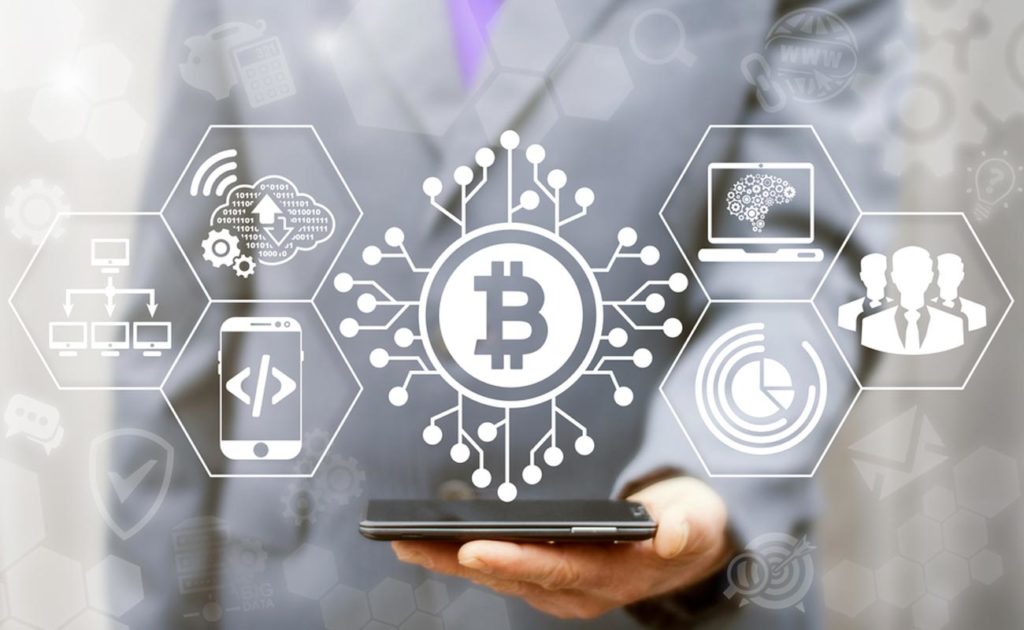What is Ether?
As we’ve discussed earlier, Ethereum is a blockchain platform for making decentralized applications with the help of Smart Contracts. Smart Contracts, analogous to vending machines, are self-executing contracts, the behavior of which is defined by the developers who write the contract through a programming language called Solidity.
So now what is Ether?
Ether is the token which powers or fuels the Ethereum blockchain. Ether, like Bitcoin is traded on the financial market and can be bought and sold by investors. However, it serves a completely different purpose for the Ethereum blockchain than what Bitcoin does for the Bitcoin blockchain.
Ether is primarily used by developers who make applications on the blockchain to pay for the computational resources that they use through the Ethereum Virtual Machine (EVM). All the opertaions in a particular smart contract are to be paid for by the developers.
Additionally, users who interact with these decentralized applications and smart contracts have to pay in Ether to use them. This ensures that developers are duly incentivized to write good applications that provide real value to the end user.;
As the operations in the smart contract are chargeable, writing inefficient code will be more costly to the developers. Thus, the developers write these smart contracts in the most efficient manner.
Apart from developers and users, Ether is also used to incentivize nodes who validate transactions. On the Ethereum blockchain, a new block is validated every 15-17 seconds and the node validating it gets 5 Ether as a reward. Nodes who find a valid solution to a block without having it added to the blockchain get 2-3 ethers.
Thus, Ether ensure the network stability and ensures that everyone is compensated for the resources they provide.
Supply of Ether
At the time of initial crowdsale, 60 million ethers were created, 12 million out of which went to the Ethereum foundation along with other backers of the project. Most of the funds raised will be used in the future to fund developments and other improvements.
The supply of ether was initially capped at 18 million per year, which is 25% of the initial supply raised during the crowdsale.
The issuance model of Ethereum is different than most currencies. Instead of being deflationary, it is designed to be disinflationary. (Disinflation is a situation that occurs when the rate of inflation reduces over time).
First, let us understand the difference between price inflation and monetary inflation. According to Joe Lubin’s blog post on the issuance model of ether, he explains that price inflation, is the rise in the general price level of goods and services in an economy, whereas monetary inflation, is the growth in the supply of money in an economy due to some sort of issuance mechanism.
Now, the monetary inflation rate actually decreases each year, which, when coupled with the fixed rate of ether supply, makes ether a disinflationary currency.
It is also expected that some amount of ETH will be lost each year caused by transmission of funds to addresses which are no longer accessible. ETH may be lost due to loss of private keys, the death of the owner without transmission of private keys, or purposeful destruction by sending to an address that never had an associated private key generated.
By 2140, it is expected that the rate of loss of ether each year will be equal to the rate of issuance. If this situation occurs, the supply of ether will no longer increase and the subsequent increase in demand would lead to a deflationary price regime. To know more about this issuance model in details, read Joseph Lubin’s post on the Ethereum blog here.
Stay informed with daily updates from Blockchain Magazine on Google News. Click here to follow us and mark as favorite: [Blockchain Magazine on Google News].
editor's pick
Get Blockchain Insights In Inbox
Stay ahead of the curve with expert analysis and market updates.
latest from tech
Disclaimer: Any post shared by a third-party agency are sponsored and Blockchain Magazine has no views on any such posts. The views and opinions expressed in this post are those of the clients and do not necessarily reflect the official policy or position of Blockchain Magazine. The information provided in this post is for informational purposes only and should not be considered as financial, investment, or professional advice. Blockchain Magazine does not endorse or promote any specific products, services, or companies mentioned in this posts. Readers are encouraged to conduct their own research and consult with a qualified professional before making any financial decisions. The featured image used is just a creative depiction of the title and it does not intend to hurt sentiments of any person or institution. If it hurts anyone sentiments, please do not hesitate to reach out to Blockchain Magazine.

 Bitcoin
Bitcoin  Ethereum
Ethereum  XRP
XRP  Tether
Tether  Solana
Solana  USDC
USDC  Dogecoin
Dogecoin  Cardano
Cardano  Lido Staked Ether
Lido Staked Ether  TRON
TRON  Chainlink
Chainlink  Avalanche
Avalanche  Wrapped stETH
Wrapped stETH  Wrapped Bitcoin
Wrapped Bitcoin  Stellar
Stellar  Sui
Sui  Toncoin
Toncoin  Hedera
Hedera  Shiba Inu
Shiba Inu  WETH
WETH  Litecoin
Litecoin  Polkadot
Polkadot  Hyperliquid
Hyperliquid  LEO Token
LEO Token  Bitcoin Cash
Bitcoin Cash  Bitget Token
Bitget Token  Uniswap
Uniswap  Wrapped eETH
Wrapped eETH  USDS
USDS  Pepe
Pepe  Ethena USDe
Ethena USDe  NEAR Protocol
NEAR Protocol  Official Trump
Official Trump  MANTRA
MANTRA  Aave
Aave  Ondo
Ondo  Aptos
Aptos  Internet Computer
Internet Computer  Monero
Monero  WhiteBIT Coin
WhiteBIT Coin  Ethereum Classic
Ethereum Classic  Mantle
Mantle  Bittensor
Bittensor  Cronos
Cronos  POL (ex-MATIC)
POL (ex-MATIC)  Dai
Dai  Algorand
Algorand 

